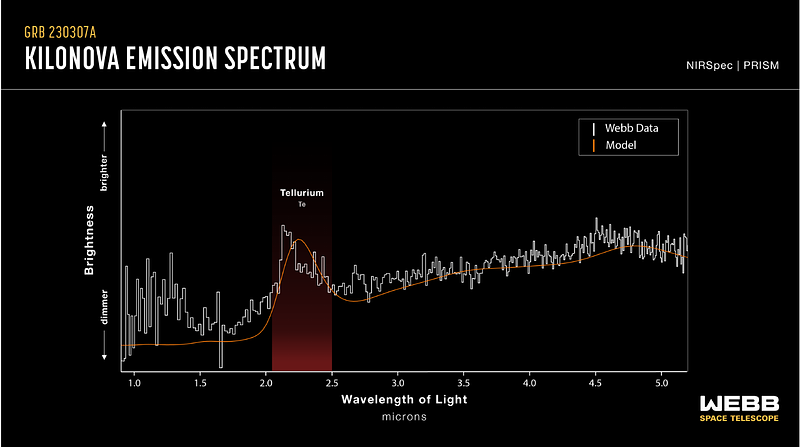Multidisciplinary Science in the Multimessenger Era

Multidisciplinary Science in the Multimessenger Era
Eric Burns, Christopher L. Fryer, Ivan Agullo, Jennifer Andrews, Elias Aydi, Matthew G. Baring, Eddie Baron, Peter G. Boorman, Mohammad Ali Boroumand, Eric Borowski, Floor S. Broekgaarden, Poonam Chandra, Emmanouil Chatzopoulos, Hsin-Yu Chen, Kelly A. Chipps, Francesca Civano, Luca Comisso, Alejandro Cárdenas-Avendaño, Phong Dang, Catherine M. Deibel, Tarraneh Eftekhari, Courey Elliott, Ryan J. Foley, Christopher J. Fontes, Christopher L. Fryer, Amy Gall, Gwendolyn R. Galleher, Gabriela Gonzalez, Fan Guo, Maria C. Babiuc Hamilton, J. Patrick Harding, Joseph Henning, Falk Herwig, William Raphael Hix, Kelly Holley-Bockelmann, Rebekah Hounsell, C. Michelle Hui, Thomas Brian Humensky, Aimee Hungerford, Robert I. Hynes, Weidong Jin, Heather Johns, Maria Gatu Johnson, Jamie A. Kennea, Carolyn Kuranz, Gavin P. Lamb, Kristina D. Launey, Tiffany R. Lewis, Ioannis Liodakis, Daniel Livescu, Stuart Loch, Nicholas R. MacDonald, Thomas Maccarone, Lea Marcotulli, Athina Meli, Bronson Messer, M. Coleman Miller, Valarie Milton, Elias R. Most, Darin C. Mumma, Matthew R. Mumpower, Michela Negro, Eliza Neights, Peter Nugent, Dheeraj R Pasham, David Radice, Bindu Rani, Jocelyn S. Read, Rene Reifarth, Emily Reily, Lauren Rhodes, Andrea Richard, Paul M. Ricker, Christopher J. Roberts, Hendrik Schatz, Peter Shawhan, Endre Takacs, John A. Tomsick, Aaron C. Trigg, Todd Urbatsch, Nicole Vassh, V. Ashley Villar, Zorawar Wadiasingh, Gaurav Waratkar, Michael Zingale
AbstractAstrophysical observations of the cosmos allow us to probe extreme physics and answer foundational questions on our universe. Modern astronomy is increasingly operating under a holistic approach, probing the same question with multiple diagnostics including how sources vary over time, how they appear across the electromagnetic spectrum, and through their other signatures, including gravitational waves, neutrinos, cosmic rays, and dust on Earth. Astrophysical observations are now reaching the point where approximate physics models are insufficient. Key sources of interest are explosive transients, whose understanding requires multidisciplinary studies at the intersection of astrophysics, gravity, nuclear science, plasma physics, fluid dynamics and turbulence, computation, particle physics, atomic, molecular, and optical science, condensed matter and materials science, radiation transport, and high energy density physics. This white paper provides an overview of the major scientific advances that lay at the intersection of physics and astronomy and are best probed through time-domain and multimessenger astrophysics, an exploration of how multidisciplinary science can be fostered, and introductory descriptions of the relevant scientific disciplines and key astrophysical sources of interest.